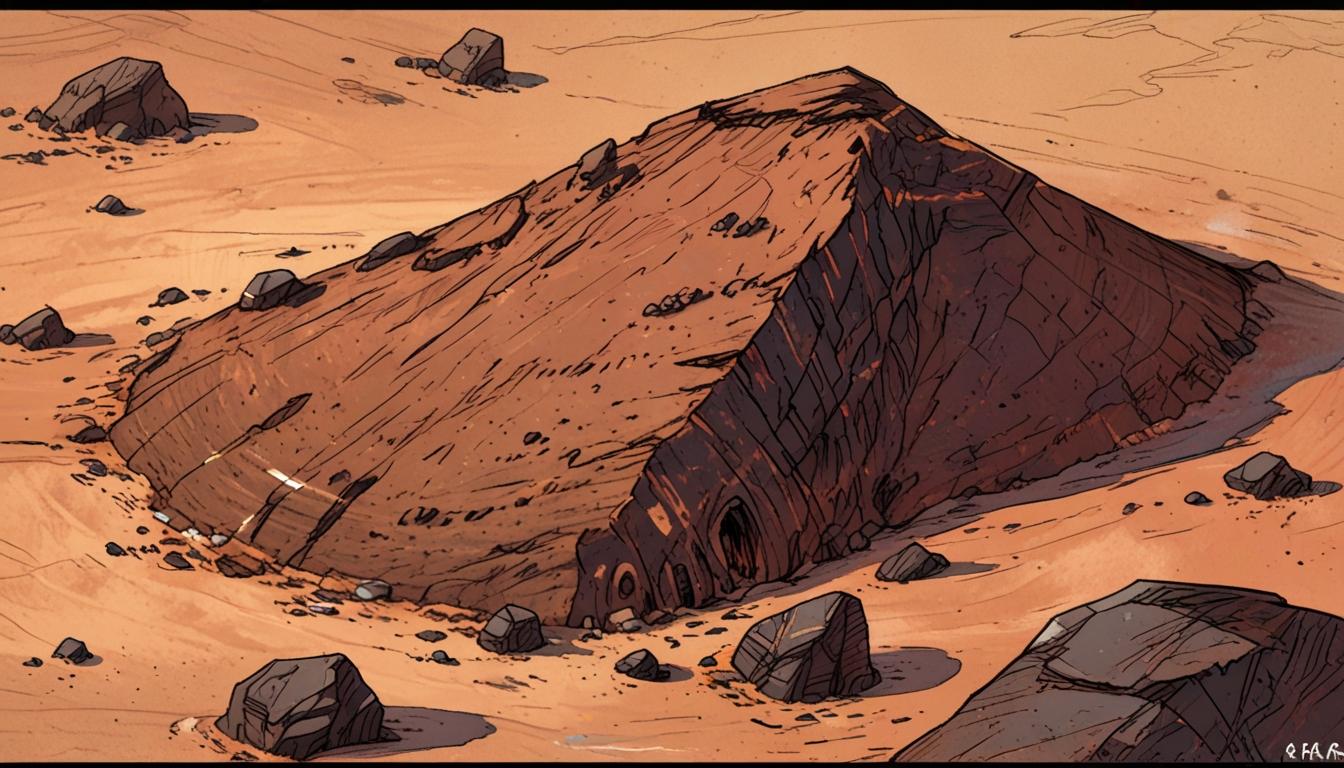NASA’s Perseverance rover has made a fresh discovery on the Martian surface, capturing the attention of scientists due to the unusual features of a rock it has encountered. The rock, nicknamed "Skull Hill" by the mission team, was spotted in the Jezero crater region, specifically in an area known as "Witch Hazel Hill."
The discovery took place on April 11, as Perseverance paused at the boundary between light and dark rock outcrops. "Skull Hill" stands out for its distinctive dark colour and an eye socket-like indentation that contrasts sharply with the lighter-toned rocks around it. The rock's angular surface and the presence of pits add to its unique appearance.
Described as a "float rock," this term indicates that the rock was not found in its original place of formation but has been transported to its current location. According to NASA’s blog post, these float rocks may have originated elsewhere on Mars or outside the planet and then moved, possibly by impact events or geological processes. The team is investigating the rock’s origin and transport mechanisms.
While "Skull Hill" resembles certain meteorites found on Mars, such as iron-nickel meteorites discovered by the Curiosity rover in the Gale crater, its chemical signature seems inconsistent with a meteorite origin. Possible explanations, as suggested by NASA, include the rock being an igneous formation eroded from a nearby outcrop or debris ejected from an impact crater elsewhere on Mars.
This discovery is part of a broader context of intriguing rock finds by Perseverance. Last month, the rover came across another unusual formation dubbed "St Paul’s Bay," notable for its bubbly texture and spherical features that vary in colour from pale brown to grey. Additionally, in February, Perseverance collected a sample named "Silver Mountain," which bears textures unlike any previously seen on Mars, potentially opening new avenues for understanding the planet’s geological history and environmental conditions.
The ongoing analyses of these rocks could yield important insights into the geological processes on Mars and contribute to the search for signs of past life on the planet. The Perseverance rover’s work in the Jezero crater continues to be a focal point for uncovering the planet’s mysteries, as the research team refines their understanding of how these float rocks arrived at their current locations and what they reveal about Mars' past.
Source: Noah Wire Services
